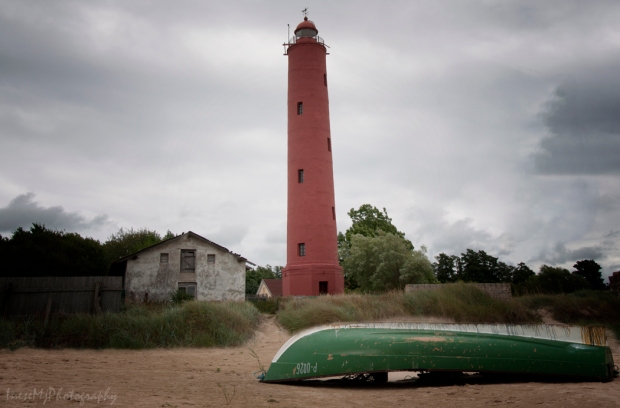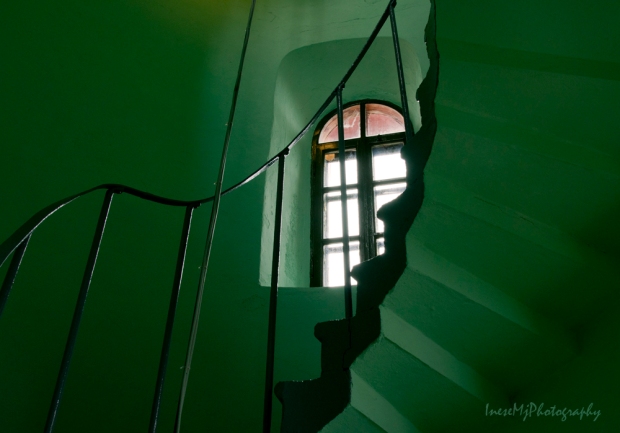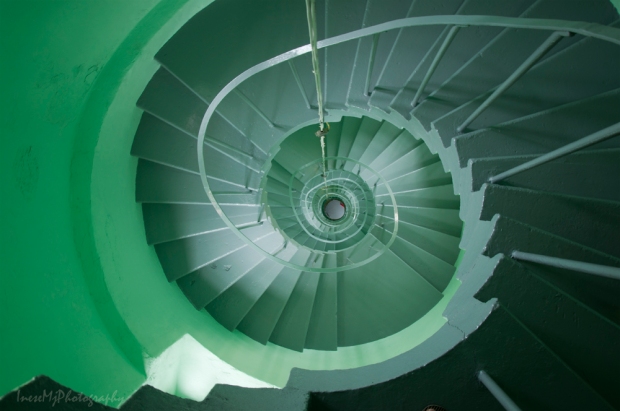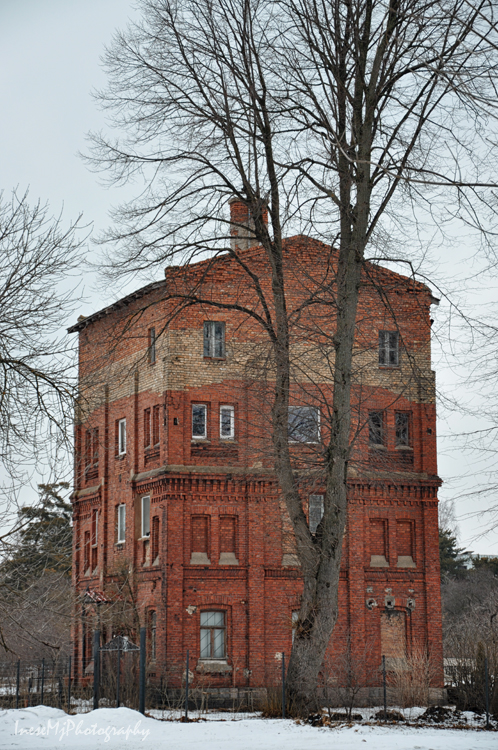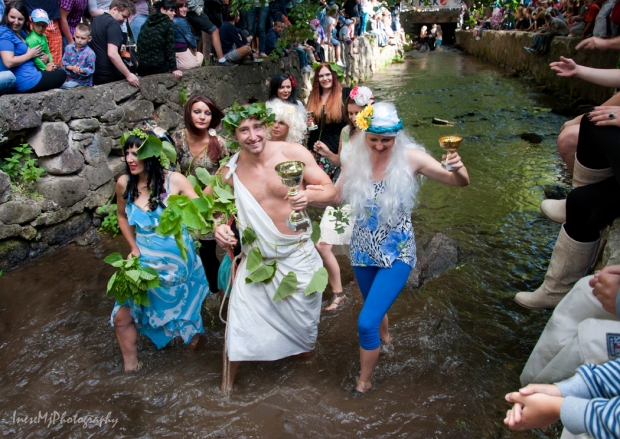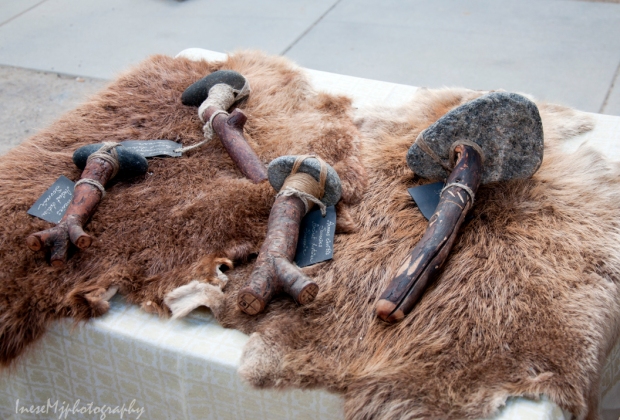Latvia I and Latvia II to those who just joined the trip.
This funny face is one of the landmarks of Ieriku Nature Trail in Latvia. There are at least fifteen of them, hidden in different places for the visitors to discover.
Recently I discovered another funny face, although not in Latvia. It seems that one can find them anywhere in the world 🙂

The Zvartes Rock is one of the most popular and scenic devonian sandstone rocks in Latvia. It is 44 m high. Locals come to the rock for a swim – very shallow river Amata deepens around the rock creating a natural swimming pool.
Red sandstone rocks can be found in many places in Latvia. I have visited a few trails marveling at the beauty of these natural formations. This one is the Gutman Cave in Gauja National Park.
To get to the cave, I took a cable car ride.
Gauja National Park is one of the most beautiful places in Latvia. There are more than 500 cultural and historical monuments, and it is open for the outdoor sports like hiking, boating, cycling and skiing.
Visitors are gathering for an open air piano concert in the Sigulda castle grounds.
Speaking of castles – there are many beautiful castles in Latvia, and one of them is situated in the central part of the country. Cesvaine Castle housed a local school for many years. Jealous? 🙂 I sure am. After the fire in 2002 the roof was replaced, and now the castle looks like a fairy tale. The castle park is another hidden gem, mysterious and romantic.
Not only the castles – every old country house looks beautiful.
Endless fairytale pine forest smells so good! They say this fragrance can cool global warming.

Baltic sea is beautiful in any weather…

… and at any time of the day.

And how can I forget those cute fishing villages and delicious seafood?
To finish this blog, there is another vintage car we have spotted. Another Volga.
This is all I wanted to share. Hope you enjoyed these photographs from Latvia. I am sure that many things changed since that trip, but the Baltic Sea is still there 🙂
My holidays are coming to an end. Next week I will travel back home and fight jet lag for another couple of days – comments are disabled for this post because I won’t be able to answer them. Thank you for understanding, talk to you later on 🙂
 Have a happy weekend and a great week ahead!
Have a happy weekend and a great week ahead!


















